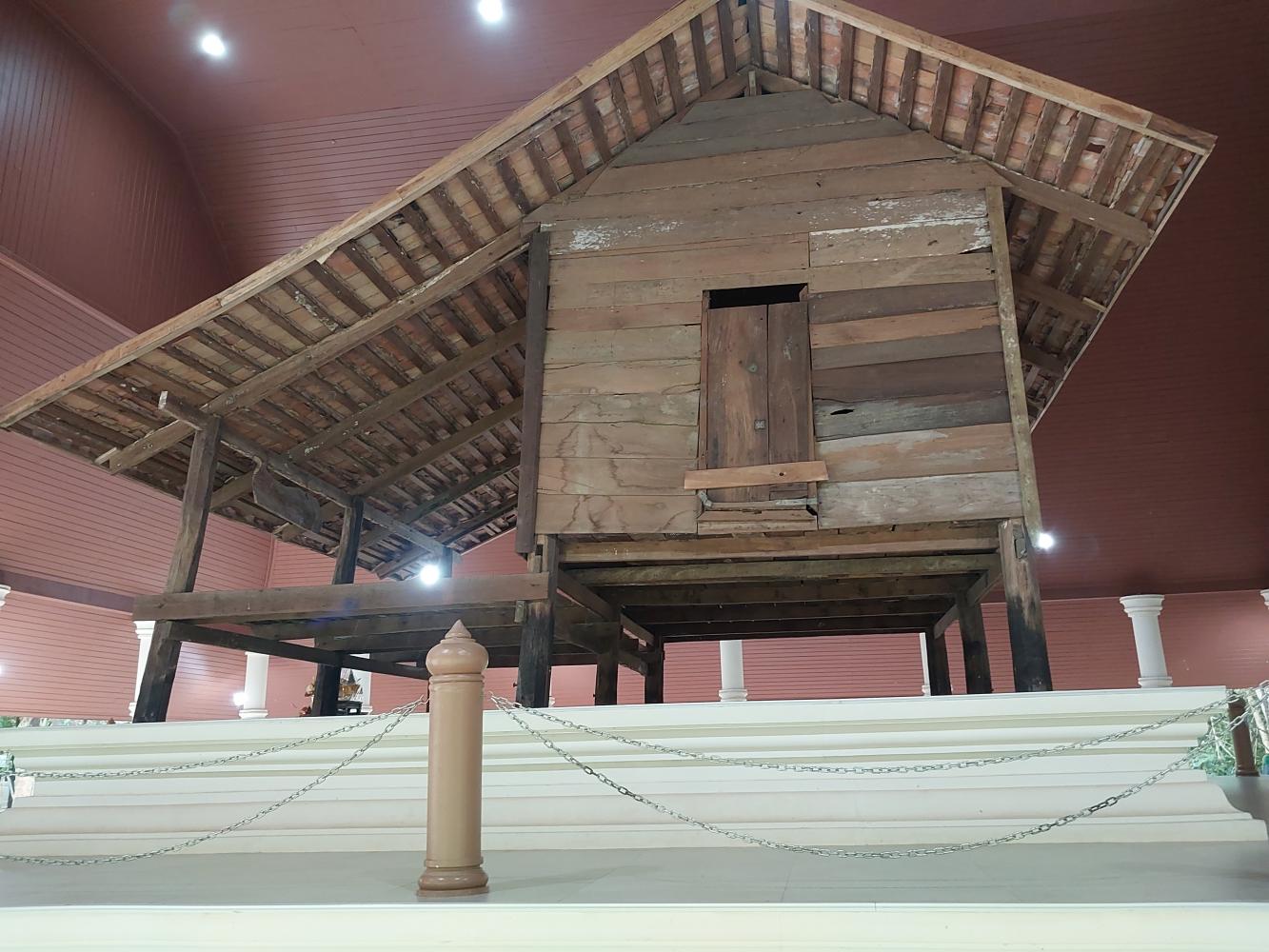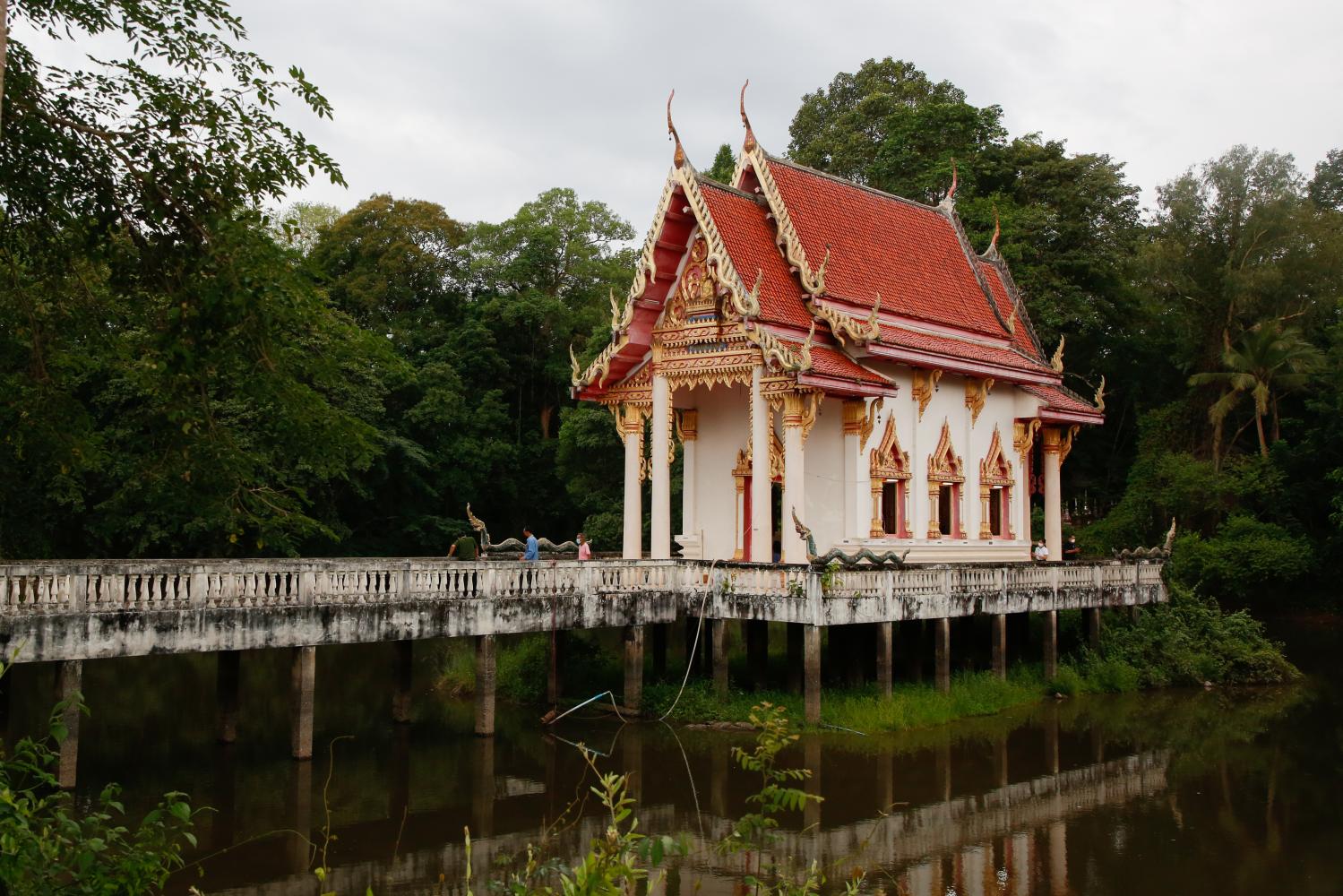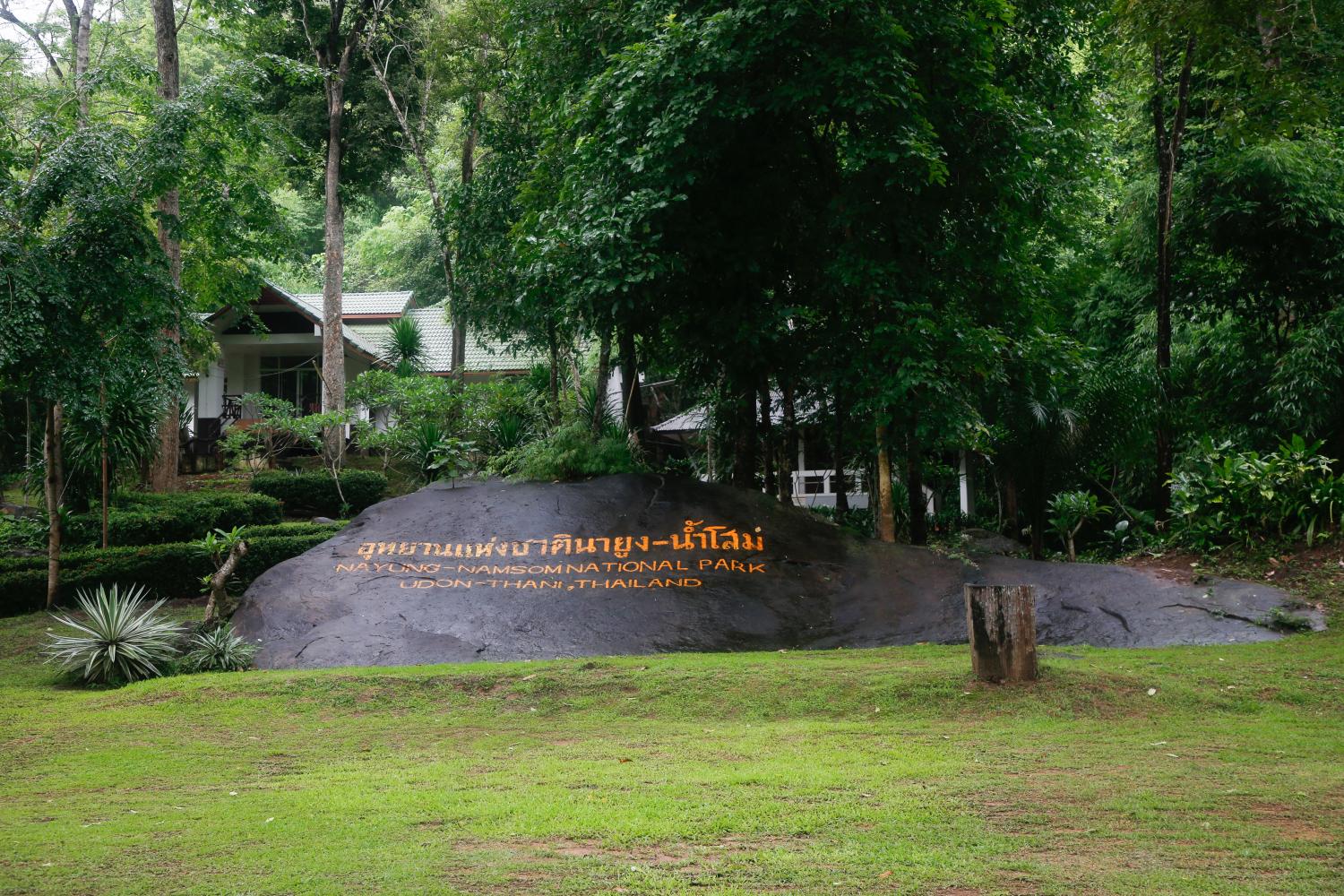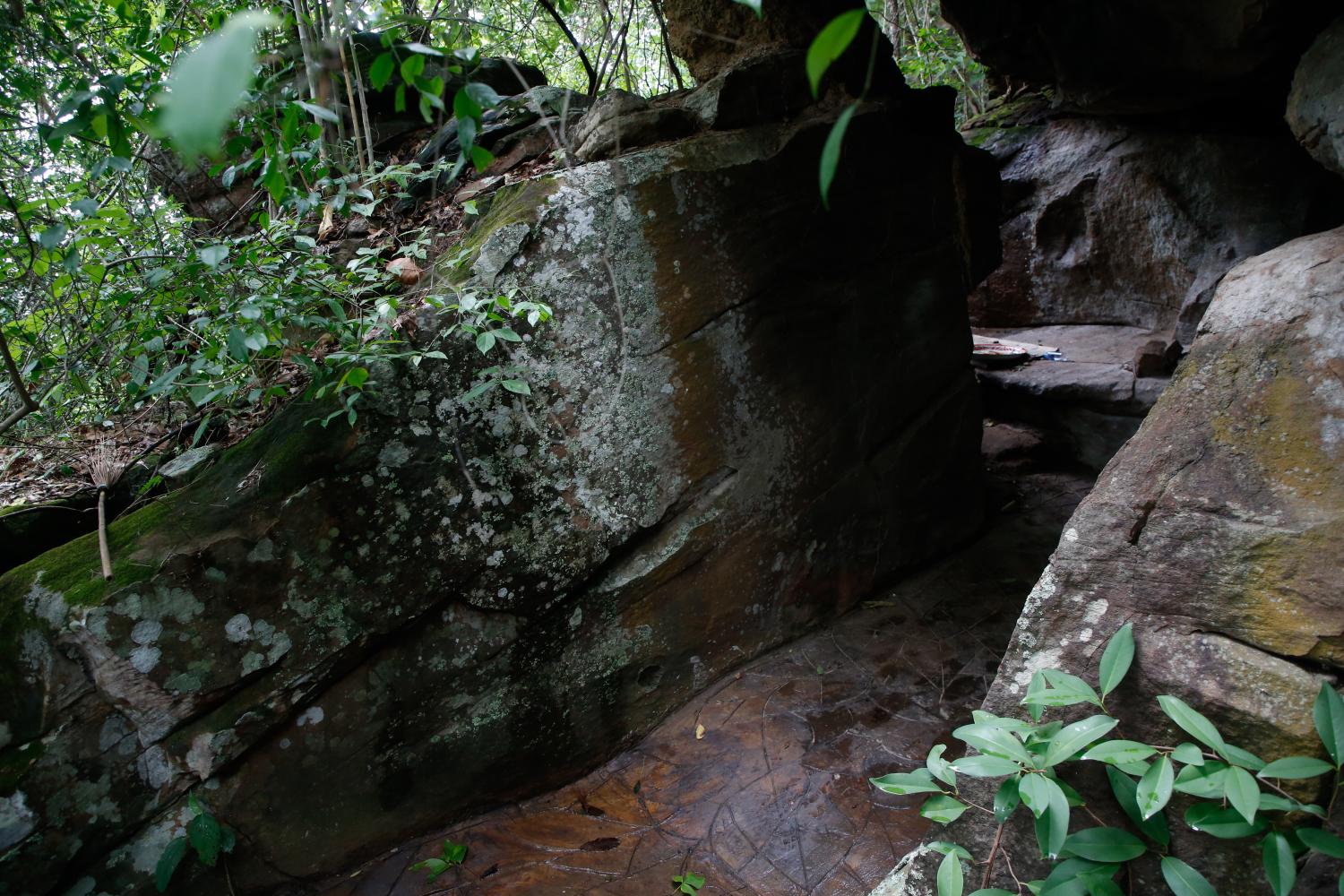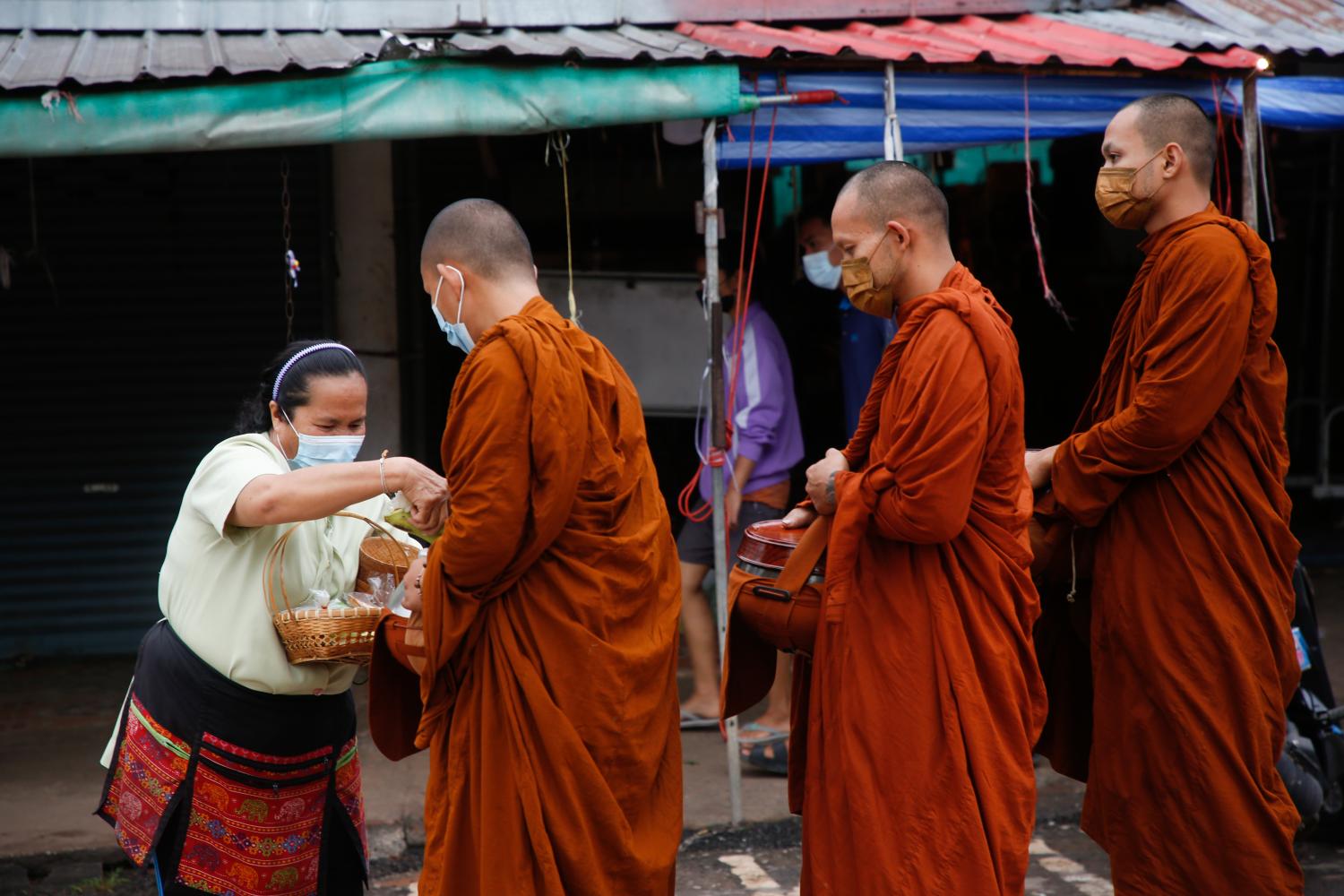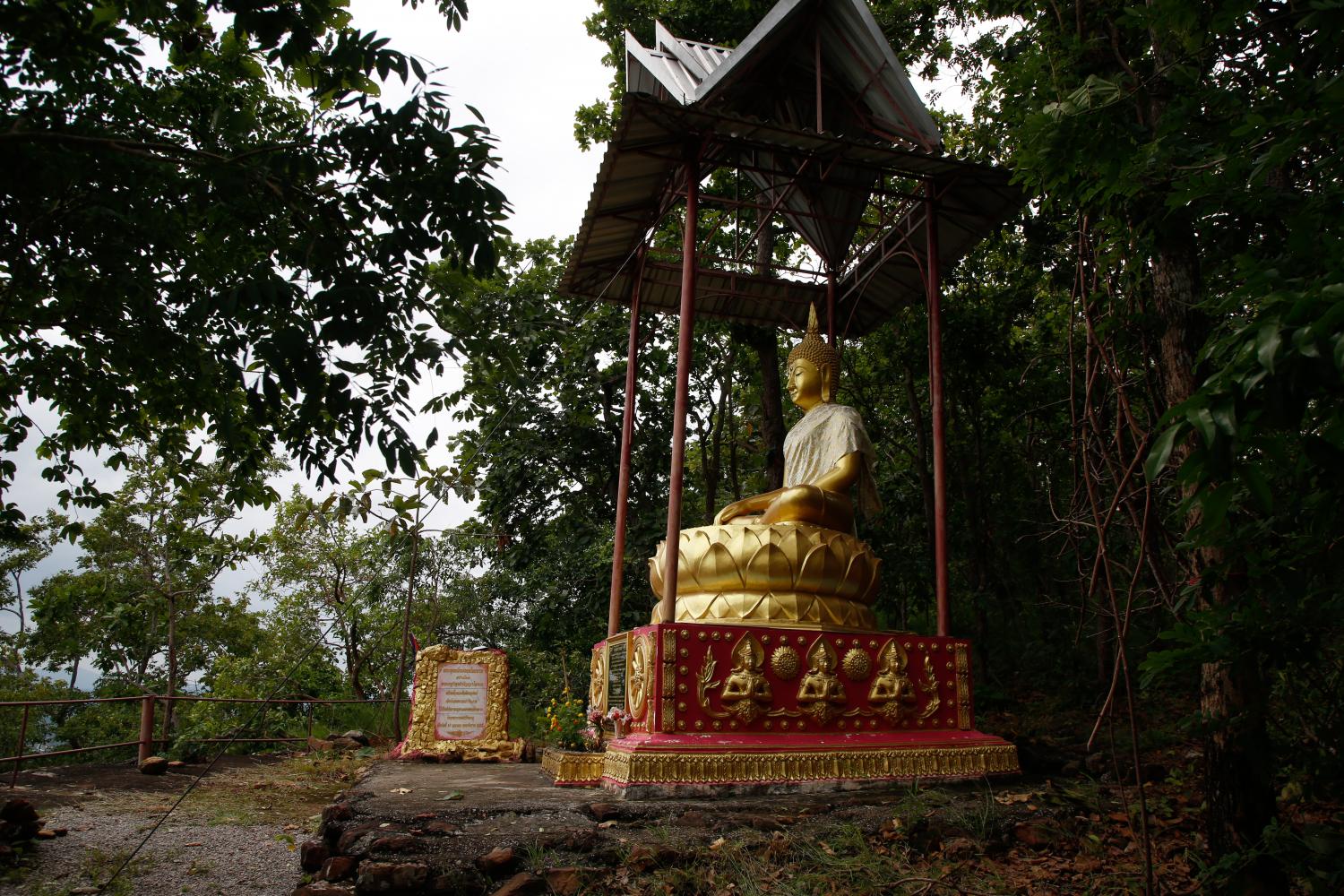
When it comes to travel attractions in Udon Thani, some people might think of Kham Chanot forest and beautiful pictures of Talay Bua Daeng (Red Lotus Sea) might spring to mind.
In fact, there are many such locations in Udon Thani, the fourth biggest province in the northeastern region of Isan. Located around 560km from Bangkok, the province isn't only famous for its historical and natural surroundings but also Buddhist temples.
This is because Isan is the country's major source of revered Buddhist monks, most of whom were disciples of the venerable late monk Phra Ajarn Mun Bhuridatta Mahathera, or Luang Pu Mun, who started the Thai Forest tradition in Theravada Buddhism back in 1900 and went on pilgrimages in the forests throughout the country, especially in this region.
It's no wonder then Udon Thani, like many other provinces in Isan, is blessed with forest temples mostly founded by his students and also the students of his students, which attract visitors and Buddhist followers each year.
While most people are more familiar with Wat Pa Ban Tad, the temple of the late monk Luang Ta Maha Bua who was also a student of Luang Pu Mun, the province has many other forest temples that might be less famous but have a history directly associated with the highly-respected meditation master.

Two of them will be recommended here for interested travellers and Buddhist faithful who wish to learn more about his monastic life and when he spent some years in this province. The first is Wat Pa Non Niwet in Mak Khaeng of Muang district where, more than 80 years ago, Luang Pu Mun resided for two years.
The story has it that while the senior monk was in Chiang Mai, at the age of 69, one of his disciples asked him to come down to Udon Thani to give spiritual guidance to monks and teach dhamma to lay people who had a lot of faith in him. He accepted the invitation and chose to stay at this temple since at that time it was nestled in a thick forest and had a serene atmosphere.
Today, the temple still maintains a green environment and has become a destination for many Buddhist worshippers who come to see the kuti (living quarters) in which he lived between 1939 and 1940.
Said to be on the very same spot as it was in the past, the lodging was made from wood and raised on stilts. It has gone through several restorations so far and is now in good condition.
Visitors are allowed to climb up the stairs to worship his wax statue and also witness a historic photo that is hung above the balcony.
It shows Luang Pu Mun walking with a cane, followed at a distance by his disciples -- Luang Pu Louis Chanthasaro and Luang Pu Khao Analayo, with Luang Ta Maha Bua, in his younger years, bringing up the rear.

Another attraction located not far from his kuti is a small museum where some of his relics and necessities have been kept. Built 22 years ago, the one-storey building also holds relics of his two disciples -- Luang Ta Maha Bua and Luang Pu Poomee, the first abbot of this 88-year-old temple.
The second monastery that has an interesting background with Luang Pu Mun is Wat Pa Sara Wari, formerly known as Wat Pa Dong Mafai, which is located in Ban Kho of Ban Phue district -- around 70km northwest of Muang district.
This is where he spent two separate years -- in 1919 and 1924 -- practising dhamma. Back then, it was only a forest area and many of his disciples were also known to come and stay there on many occasions.
The temple has also kept his kuti, which is today showcased on a raised platform with a large roof. Simply constructed with wood for easy and humble living, this century-old kuti has been conserved. Even though entry isn't allowed, visitors can walk around the platform and look up at the old hut at a close distance.
During his stay at Wat Pa Sara Wari, the venerated monk also carved a piece of sandstone into a sitting Buddha statue. It's believed to symbolise his decision to withdraw his former wish to be a Buddha so that he could concentrate on the path to enlightenment in his lifetime.
Measuring around 61cm in width and 89cm in height, the shimmering statue is now covered with gold leaf and is enshrined in front of the principle Buddha image at the ubosot (ordination hall) which is situated in the middle of a pond.
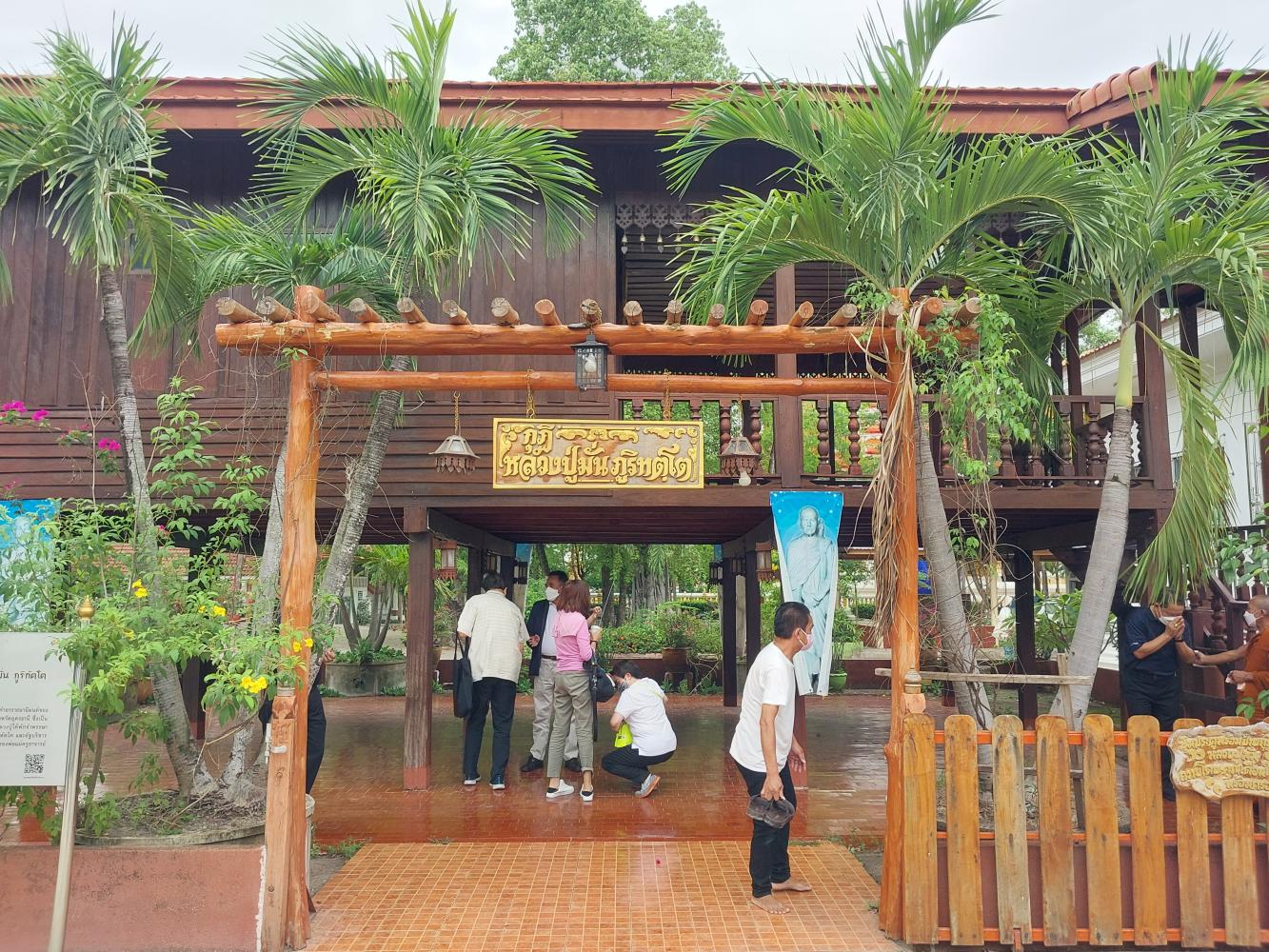
This ubosot is also interesting as its wooden front door was engraved with an image of Luang Pu Mun while all of its window panels display sandstone engravings featuring the images of some of his disciples who used to reside at this temple. Among them are the images of Luang Pu Tesk Tesrangsi and Luang Pu Rien Woralpo.
Worshippers who come to pay homage to the statue will not only enjoy the fresh air here but also fall in love with the sight of this small white building that comes with a bright orange roof sitting above the pond against the backdrop of a green forest. For many, the picture is a unique symbol of this temple.
While Luang Pu Mun was staying at Wat Pa Sara Wari in 1924, he also went to the adjacent Nam Som district to look for a quiet place on a steep mountain in order to train himself towards spiritual attainment. There, he chose to stay on its sandstone cliff, which is known as Pha Daeng.
Today, it is located within the premises of Na Yung-Nam Som National Park in Na Yung district, around 120km to the northwest of Muang district. Even though it takes only 600m from the ground to get to the cliff, the journey can be rather arduous for many as the route is quite steep and slippery, especially during the rainy season.
However, most of the route has stone staircases with bamboo handrails, and this allows us to stop to breathe clean air from time to time and enjoy a variety of green trees that give us shade along the way.
Less than 100m before we reach the cliff, we see a small cave on the left. This is where Luang Pu Mun used to stay to practise vipassana (insight) meditation.

No matter how hard the uphill journey might be, everyone who can make it to the top will find their efforts worthwhile as the cliff offers the best viewpoint to witness the picturesque scenery of the green paddy fields lying below as far and wide as the eye can see. In winter, this is also the best spot to enjoy a sea of fog.
From this cliff, there is also a route leading to Namtok Yung Thong, a small three-tier waterfall with a pond, where Lung Pu Mun came to wash his body. It's another attraction of the national park, located around 550m above the ground but 1km from Pha Daeng.
Forest temples might not be high on the travel bucket list of most tourists, but their green and peaceful surroundings, as well as the holy traces of venerable monks, can leave a lasting and inspiring impression.
Those wishing to learn more about other temples where Luang Pu Mun used to reside can check out information presented by the Community Tourism -- Luang Pu Mun Bhuridatta Project at luangpumun-cbt.org. The project was initiated by Thai Beverage to mark the 150th birthday of Luang Pu Mun who was named by Unesco as one of its world Eminent Personalities for his contribution to promoting peace in 2020.
At Wat Pa Non Niwet, Luang Pu Mun's kuti and the relics museum are open daily from 6am to 6pm. For those interested in meditation at the temple, call 061-454-5688.
At Wat Pa Sara Wari, his kuti and the ubosot are open daily from 8.30am to 5pm. During Buddhist Lent, visitors are allowed to meditate at the temple only on Buddhist holy days. Call 082-735-8197.
Na Yung-Nam Som National Park opens daily from 8am to 4.30pm. There is no entry fee. Call 085-646-1352.

